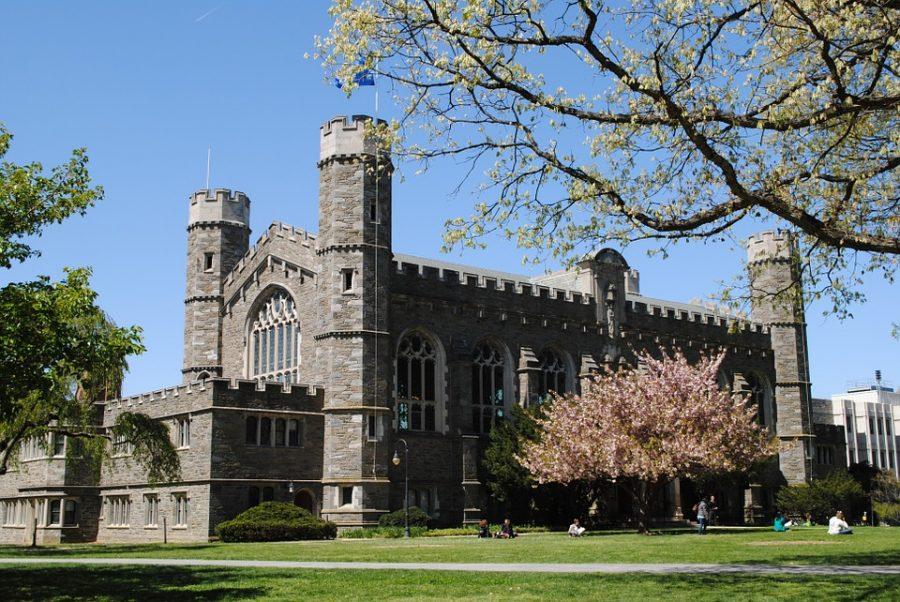State schools prevent diverse student body
March 29, 2017
It’s no secret that college is expensive and that they all want to be both ethnically and geographically diverse. It’s very easy for colleges to accept students from all over the country and the world to say they’re being “geographically diverse,” but how affordable they make it for students to attend their school is where the problem lies.
Most colleges have different prices for in-state tuition and out-of-state tuition. While it’s very easy for colleges to pick the student, it is very difficult for the student to pick the college. This is because most colleges tend to choose their in-state applicants first, then the out-of-state students. They will accept out-of-state applicants, but make it difficult for them to attend the college because they aren’t giving the applicant enough financial aid and/or scholarship money. When this happens, colleges contradict themselves. How can they want to be geographically diverse, but make it difficult for the students to allow this to happen?
I have personally experienced this as I’m going through the college process. My first choice school was Rutgers University, a college in New Jersey. Although I was accepted, they didn’t offer me any money. Because of this, I cannot attend the school. For New Jersey students, the total cost of attendance is $31,733, according to collegedata.com. For everyone else, it’s $47,384. Since New Jersey has their own programs and grants from that state on top of lower tuition and college scholarships, it’s much easier for New Jersey students to afford going here compared to someone like myself who was offered no money to attend their school simply because of the fact that I’m an out of state student.
Students and teachers in Millennium Brooklyn High School spoke up about the issue. Azana Bailey, a senior in the school, experienced something similar to what I went through. “I really wanted to go away to Delaware State University and now I don’t think I can go. I was accepted, but they’re only offering me $3,000 a year and their tuition is about $20,000-$30,000 a year. It sucks but I guess they have their reasons” she says.
Ms. Mottahedeh, a Millennium college counselor says, “I think this issue is a lot more loaded and complicated. State Universities are designed and funded to provide access to college for students/families in their respective states (i.e SUNY for New York State residents) but I also understand that other students want access to those opportunities.”
It’s understandable why state colleges do this. If they’re a state school, they’re going to give opportunities to the state students first. However, it isn’t fair to the students out-of-state who have less of a chance of attending due to location. This makes students feel stuck in their own state because of how affordable it is when really, most of them want to go out and see the world because they’ve been living in the same area for so long. Students are limited in options when they should feel that they can apply and have the same chance as an in-state student at not only an acceptance but in receiving financial aid as well. This is the hidden part of college process many don’t see until it’s been done to them.


















Lisa • Apr 1, 2017 at 12:48 pm
Great read
Paula Tepedino • Apr 1, 2017 at 10:00 am
It looks wonderful!
Mary Conti • Apr 1, 2017 at 8:20 am
Although my son is grown and went thru the years of college already. I find this article very knowledgeable. I hope there could be some changes made for students who look to go to out of state colleges.